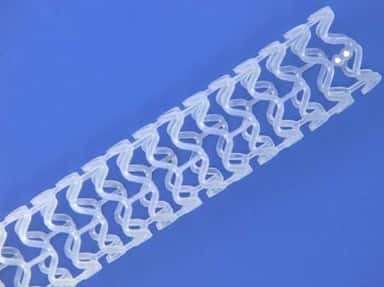
People who develop blockages in the arteries that supply the heart are often treated with a stent, a mesh tube. This can help reduce chest pain, also known as angina.
The Trouble with Previous Stents:
In theory, the metal scaffolding is supposed to keep the artery open and prevent what doctors call restenosis or clogging. That should allow blood to keep flowing to the muscles of the heart. But bare metal stents can cause cellular overgrowth that leads to blockage within a year or less.
Drug-eluting metal stents ooze immune-suppressing medications that reduce scarring or cellular overgrowth, but the metal remains and may require long-term anti-clotting medications to keep it open.
First Stent That the Body Can Resorb:
Now, the FDA has approved the first stent made of a polymer that gradually dissolves in the body. The bioresorbable vascular scaffold system disintegrates in about three years, leaving no trace. It appears to be roughly as effective as standard stents in preventing blood clots in coronary arteries.
There is a common misconception that stents can prevent heart attacks. If a heart attack is in progress, putting in a stent at the right place can help. But a stent inserted on the base of seeing a blockage in the artery should help reduce angina but is unlikely to affect future heart attacks.

